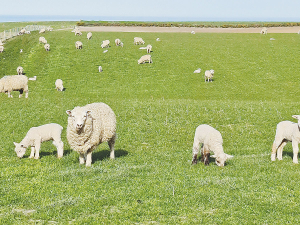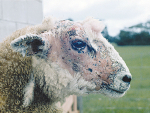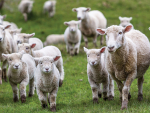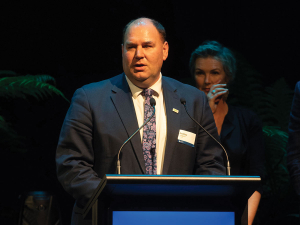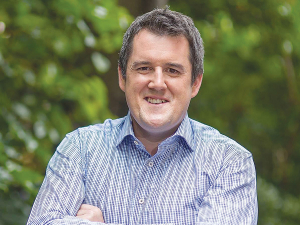Farmers are being asked to get their crap – the ovine variety – together and participate in a facial eczema (FE) research project.
Beef + Lamb New Zealand (B+LNZ) is calling on farmers to help out with a three-year study by collecting sheep poo. The organisation says this will help it understand how widespread facial eczema is in New Zealand.
B+LNZ claims the research will help fill gaps in the understanding of FE’s prevalence in NZ and whether a warming climate is having an effect on its distribution.
FE is associated with a toxin-producing fungus, affects pasture grazing livestock and there is no cure. The toxin can cause permanent liver damage resulting in photosensitivity and sunburn. If the animal survives, its production will be limited for life.
B+LNZ’s economic service estimates the annual cost of the disease to the New Zealand sheep, beef, dairy and deer sectors to be around $332m.
The organisation’s science strategy manager Suzi Keeling says those who volunteer to take part in the research will be playing an integral role in shaping future tools and solutions for FE management.
“To ensure we get an accurate picture of facial eczema from every corner of New Zealand, we are looking for 350 enthusiastic farmers, 22 each from 16 regions around New Zealand, to collect samples from October to May each year for three years,” she says.
“We want samples collected across New Zealand regardless of whether farms have experienced FE in the past. B+LNZ will provide instructions, sampling kits and cover the costs to courier samples to the laboratory.”
Those participating in the study would be required to collect samples 16 times, roughly every two weeks, from their mob of sheep each year of the study.
Keeling says the samples would need to be taken from the same mob of sheep throughout the season, but a different mob can be used each year.
“It’s as simple as taking a walk in a paddock, there’s no need to yard the animals. Just scoop up 10 individual fresh samples from the ground,” she explains.
“In return for the samples, B+LNZ will provide faecal spore count results as soon as lab testing is completed, access to a monthly updated map showing spore counts around the country and a Prezzy Card at the end of the season if you are able to send all the samples in.”
Farmers can express their interest in participating in the FE research study by registering their details below.
https://www.cognitoforms.com/BLNZGenetics/FacialEczemaThreeYearResearchStudy





